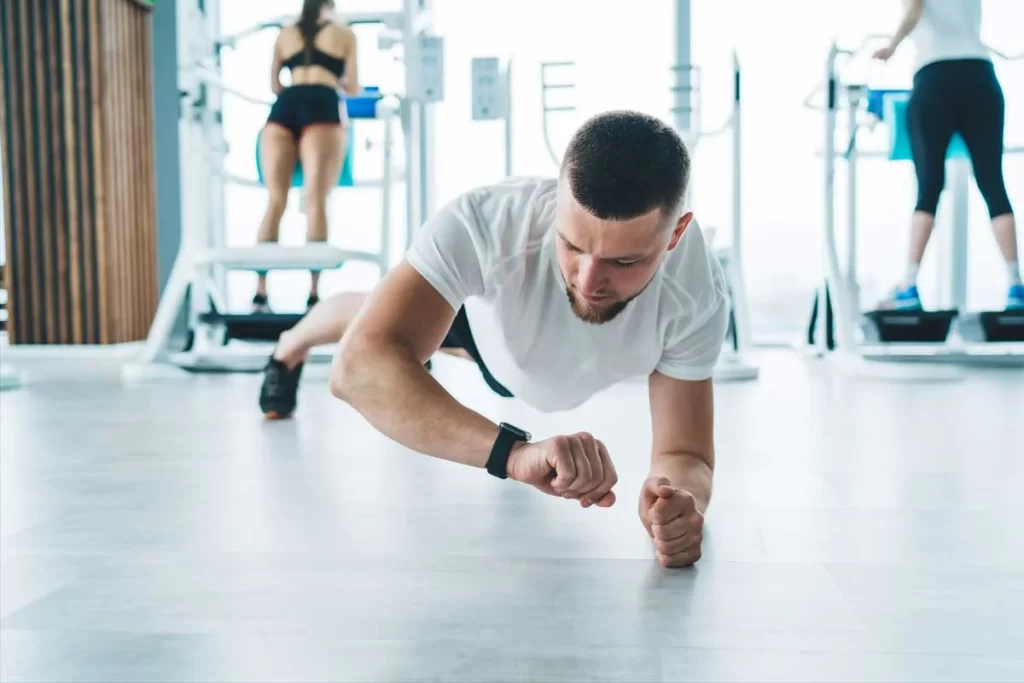The connected fitness industry has its share of challenges, but there’s no denying its growing presence. As gyms and studios slowly recover from the pandemic, at-home fitness is still going strong. Top executives from leading fitness brands are doubling down on personalization, strength training, and AI-powered experiences to ensure their products meet the needs of tomorrow’s fitness enthusiast.
iFIT: AI-Powered Personalization Leads the Way
Kevin Duffy, CEO of iFIT, is clear about the future: AI is at the forefront. The company has built a solid reputation with its expansive digital fitness content, but now, it’s about evolving with AI.
“We’re investing heavily in AI-powered training experiences that adapt to our users’ progress and goals,” Duffy says. “Our AI Coach is helping guide members through 10,000+ courses based on their specific goals and preferences.”
Launched in 2024, iFIT’s AI Coach saw 15-20% of users engage with it daily, proving its potential. As iFIT continues to expand into global markets, Duffy’s team is focused on accessibility and personalization. “Many people feel overwhelmed when starting, especially with large content libraries. AI helps guide them through that,” he explains.
Peloton: Embracing Strength & AI Integration
Peloton is shifting its focus from just cycling to include strength training and AI-driven workouts. “Strength is Peloton’s second most popular fitness modality among members,” says Nick Caldwell, Peloton’s Chief Product Officer.
The company recently launched Strength+, an app that helps gym-goers complement their cardio routines with strength training. It also features personalized plans and Pace Targets to adjust workout difficulty. The key, according to Caldwell, is personalization. “By merging AI with human coaching, we ensure every member gets a tailored experience.”
Caldwell also points to a growing challenge in the fitness space—trust. “With so many self-proclaimed ‘experts’ online, people need trusted guidance. At Peloton, our instructors are trusted fitness professionals, but we recognize the importance of personalization in helping our members reach their unique goals,” he says.
Tonal: Redefining Strength Training at Home
Tonal has quickly become a leader in at-home strength training, offering cutting-edge technology that allows users to lift up to 250lbs. CEO Darren MacDonald believes strength training is more than just a trend.
“Strength training is finally having its moment in the sun,” MacDonald says. “We see a huge opportunity in helping democratize strength training and making it accessible for everyone.”
With features like Aero HIIT and drop-sets, Tonal’s system offers innovative ways for users to maximize their strength goals. Looking ahead, MacDonald stresses the importance of customizing fitness plans. “Brands need to highly customize workouts based on individual needs, like for peri-menopausal women or active aging,” he adds.
Hydrow: Strength Meets Rowing Innovation
Hydrow, traditionally known for its rowing equipment, has expanded into strength training by acquiring Speede Fitness. CEO John Stellato sees this as a major step in redefining at-home fitness.
“Consumers are looking for multi-modal fitness experiences,” Stellato says. “By combining rowing with strength training, we aim to create a full-body wellness experience for our members.”
Hydrow’s mission is to foster both individual fitness and community. “People want the solitude of at-home workouts, but they also crave connection,” Stellato says. Finding a balance between independent exercise and a sense of community remains a key challenge for Hydrow and other brands.
The Future of Connected Fitness
The connected fitness space is evolving rapidly. AI, strength training, and personalization are the driving forces behind the future of at-home fitness. With companies like iFIT, Peloton, Tonal, and Hydrow pushing the envelope, the industry is on track to offer more customized, accessible, and engaging fitness experiences than ever before.
The goal is clear: create tailored solutions that help users reach their full fitness potential—no matter where they are in their journey.


